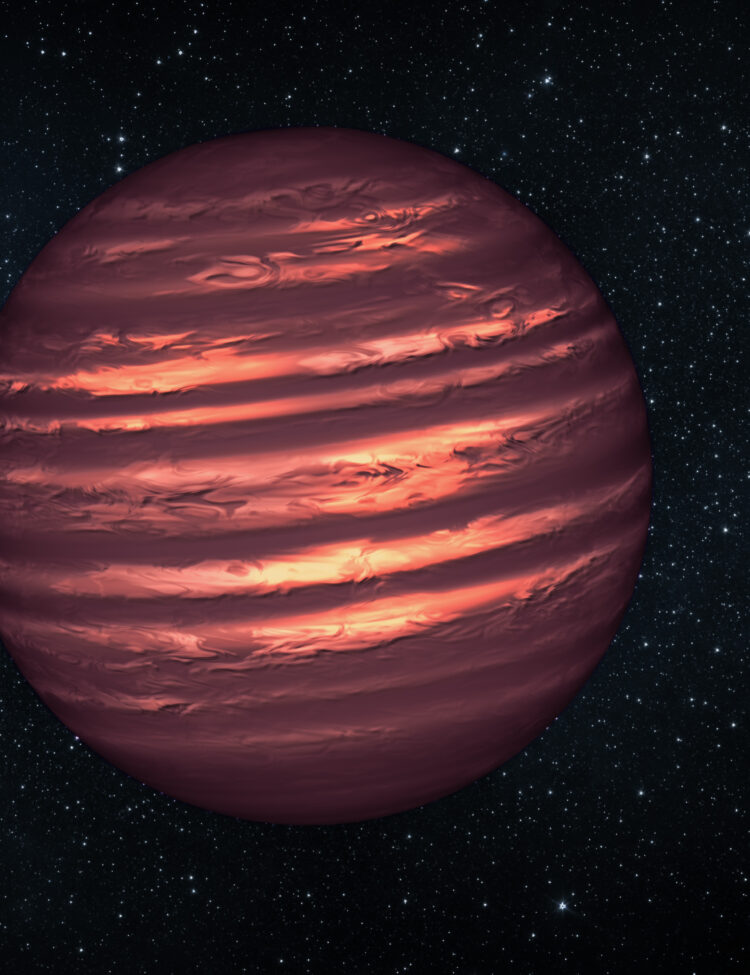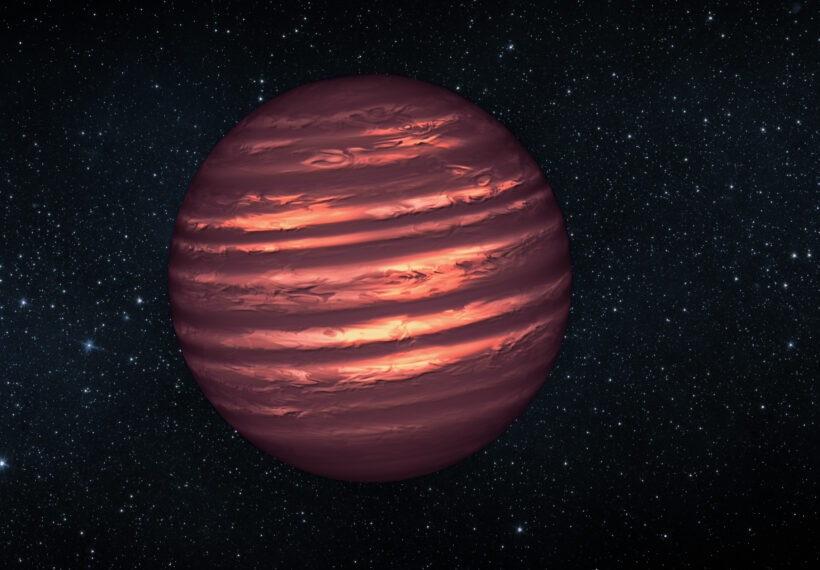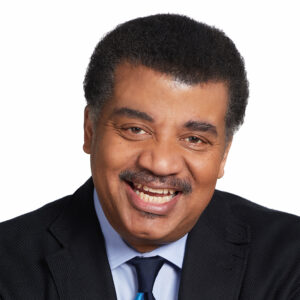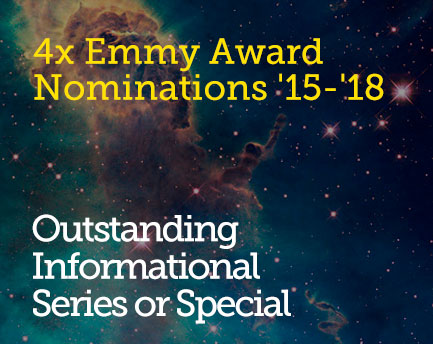About This Episode
Could we find life around low-mass stars? Neil deGrasse Tyson and comedian Chuck Nice find out why life might be more likely around low-mass stars, what makes brown dwarfs, galactic archeology, and more with astronomer Emily Rice.
Where did the name “brown dwarf” come from? Learn about when brown dwarfs were first discovered and astronomer Jill Tarter’s research on them. We discuss star classification, why the letters are so out of order, and how brown dwarfs are relevant to the field of exoplanets. What is the difference between a brown dwarf and a low-mass star? Find out what the cutoff is for thermonuclear fusion and how deuterium can help low-mass stars fuse a little.
What is the difference between a brown dwarf and a hot Jupiter? Do we know how brown dwarfs are formed? What is the largest dwarf star ever discovered? Learn about age-mass degeneracy and how low-mass brown dwarfs could actually be old high-mass brown dwarfs. Discover the Sun’s tachocline and how the brown dwarf’s magnetic field may operate differently.
What happens when two brown dwarfs collide? What the heck is a blue straggler? Find out about the lifespan of brown dwarfs, galactic archeology, and metallicity. How do you tell the age of different low-mass stars? What would it take to capture a direct image of an exoplanet? We discuss the Trappist-1 System, the Goldilocks zone, and good candidates for Earth-like planets. Plus, a cosmic perspective on the importance of space exploration.
Thanks to our Patrons Anthony Garcia, Matthew Carlson, mike kelly, Brett DiFrischia, Mary Clare V., Peter Ilvento, A dinosaur in dental school, Cedric Rashade Collins, 1874 Homestead, and Bob for supporting us this week.
NOTE: StarTalk+ Patrons can listen to this entire episode commercial-free.




 Unlock with Patreon
Unlock with Patreon


 Become a Patron
Become a Patron

